Man Who Knew Too Much, The (1934)
“Tell her they may soon be leaving us — leaving us for a long, long journey.”
|
Synopsis: |
|
Genres:
Response to Peary’s Review: While I agree with Peary that the 1956 version is ultimately the more enjoyable of the two, certain elements of this earlier film work better — namely the setting of the opening sequences in Switzerland: … rather than Morocco (I prefer Banks’ urbane Brit to Stewart’s “ugly American”): … and the fact that Banks’ wife (Best) is a savvy sharpshooter rather than a ’50s housewife. As Peary notes, however, 15-year-old Pilbeam (lovely as the central protagonist in Hitchcock’s The Young and Innocent, released three years later) “looks much too old for her part” — her age and gender imply the threat of something more egregious happening to her when she’s kidnapped, but these potential threats are simply ignored in the script. Peary describes the “climactic shootout” — in which Best uses her shooting skills to rescue Pilbeam much like Day uses her singing skills to rescue Olsen — as something “straight out of American gangster films”: … but it drags on for a bit too long. Much more rewarding is the earlier Albert Hall assassination sequence (with many shots duplicated in the 1956 version). NB: This was Lorre’s first English-speaking role; accounts differ on whether he learned the language within three months, or recited most of his lines phonetically, but he does a remarkably polished job, and remains one of the film’s creepy highlights. Redeeming Qualities and Moments: Must See? Categories Links: |

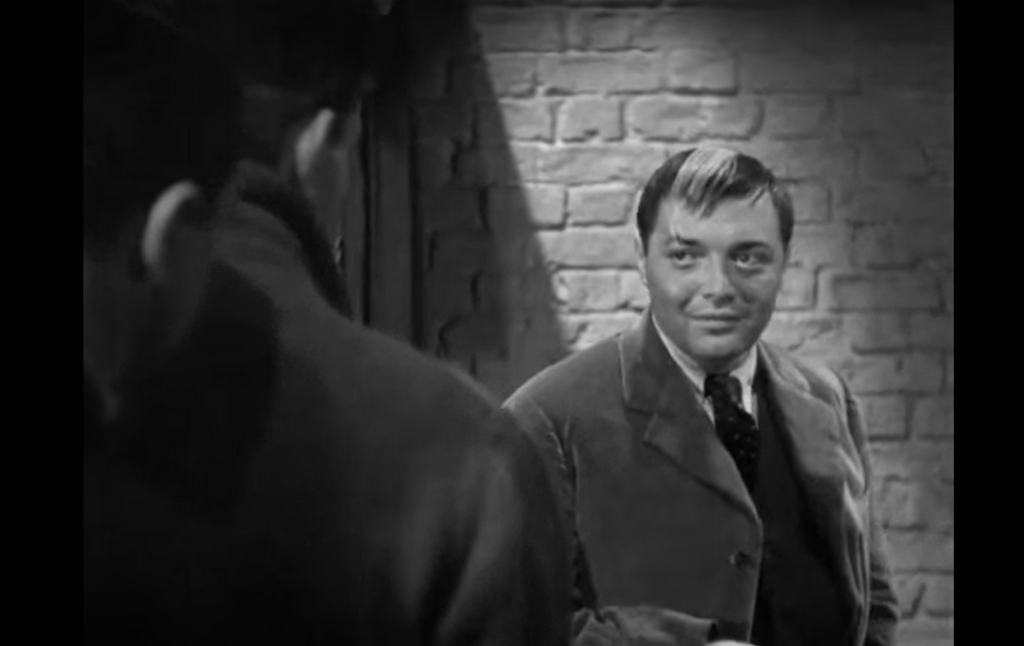



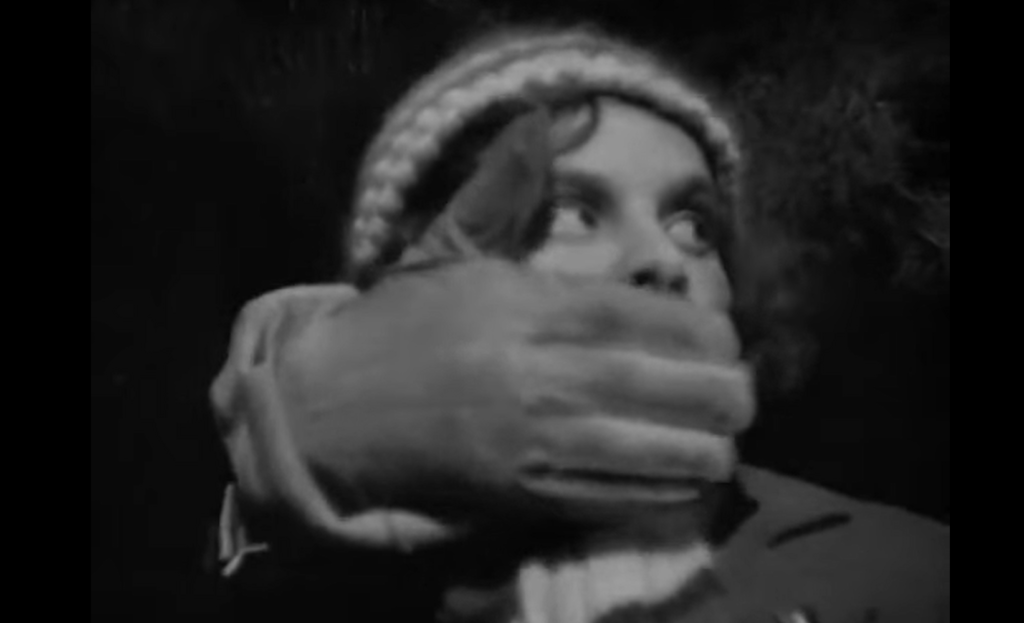

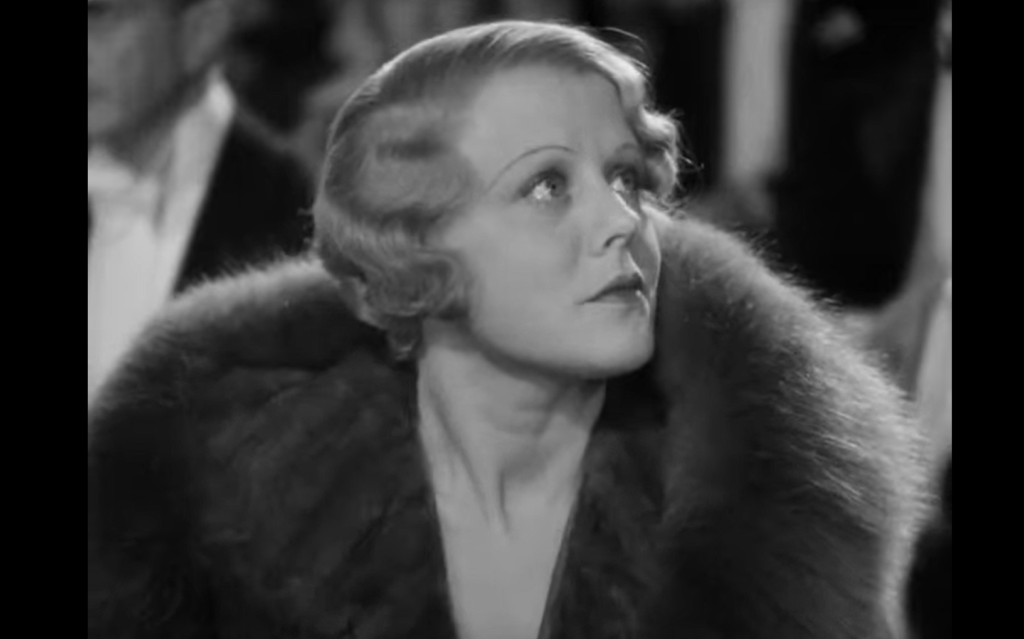

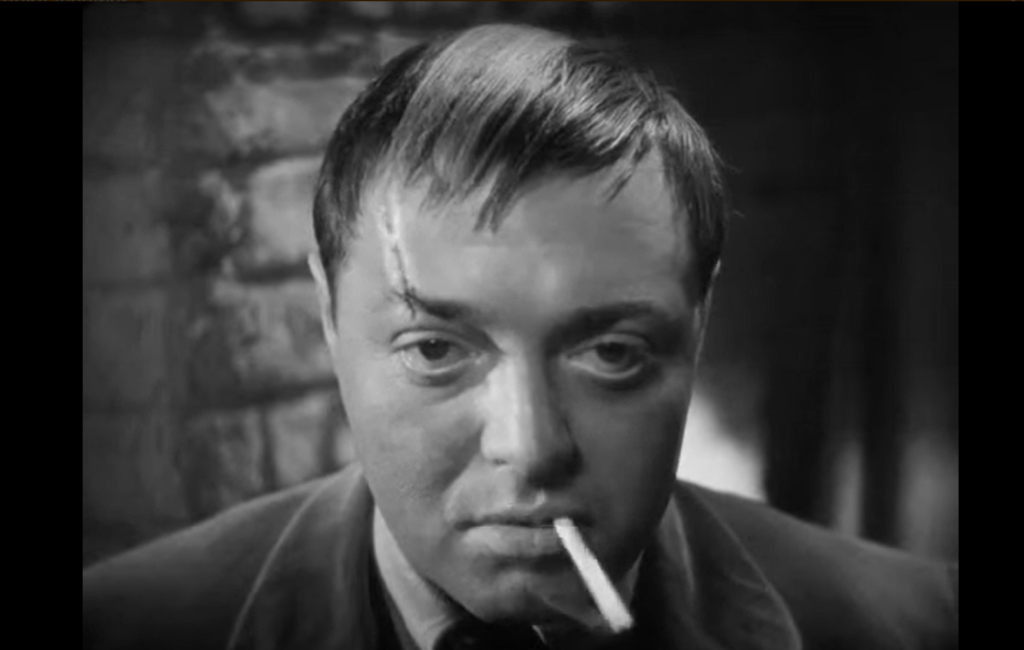

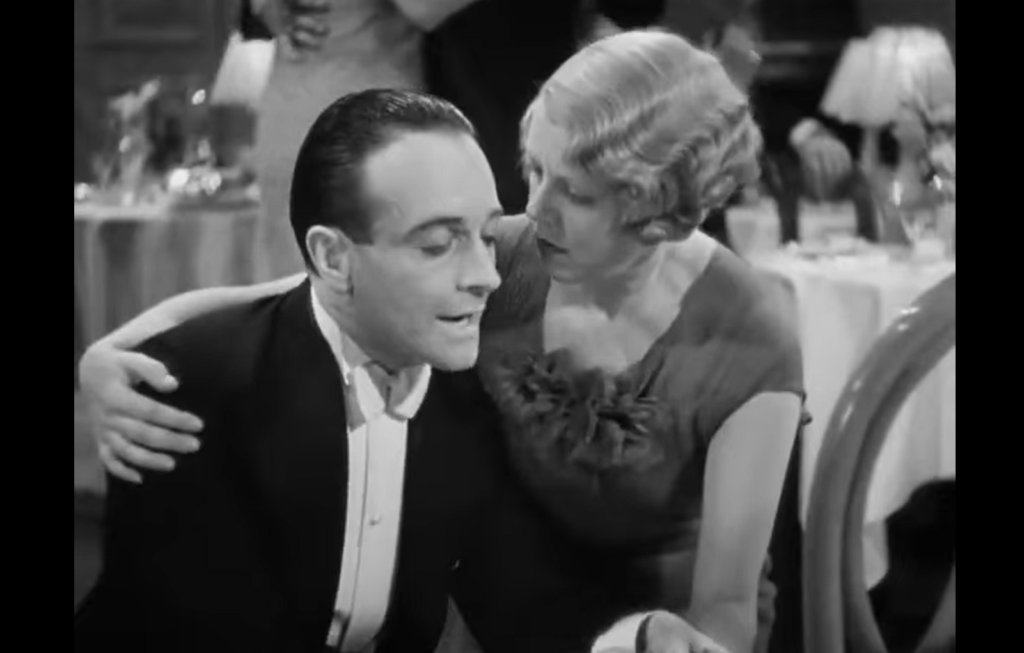
One thought on “Man Who Knew Too Much, The (1934)”
A once-must, mainly for the performances by Lorre and Cicely Oates (as Nurse Agnes) – and for Hitch’s masterful handling of the last 30 minutes.
You can tell from my post on Hitch’s 1956 remake that I’m not among its fans. Having now revisited the original, I’m more certain why. This 1934 version is a compact 75 minutes long. The remake adds a full 45 minutes to the story and that’s its main drawback; much of what was added comes down to filler – and the story can’t really support the weight of all of that added time.
I personally find the original much more enjoyable overall – even tho I find a number of things in it awkward and irksome (all of which occur in the first 45 minutes):
– In a dining scene, Banks – for a joke – attaches the end strand of Best’s knitting to Pierre Fresnay (as Louis Bernard) as the latter two dance. This causes entanglement on the dance floor, of course – and we also see the bulk of the knitting stationary on the table, when certainly the pull would catapult the unweighted bulk of the knitting from the table.
– In another lack-of-common-sense moment, Banks is seen speaking English to a Swiss policeman who clearly doesn’t understand the language. Banks continues awkwardly several times to communicate – in English, and sometimes louder! It’s an attempt at comic effect, but it unfortunately turns Banks’ character – not a stupid man – into an idiot.
– When Banks is informed that his child has been kidnapped as part of a plot to kill a statesman, he replies, “Why should we care if some foreign statesman we never even heard of were assassinated?” Naturally, Banks is more concerned about the welfare of his child – but, even in this circumstance, certainly the screenwriter could have him say something less inane.
– When Banks and Hugh Wakefield (as Clive) make a sudden, not-very-secret appearance at the chapel during a ‘sermon’, they are clearly the only two among a small crowd who do not belong among ‘the faithful’. During the opening ‘hymn’, the two ‘sing’ alternate lyrics – in a normal pitch! – to give each other needed info about the people in the place. Singing out that way, would only bring them more unwanted attention. This is yet another attempt at comic relief, and it fails.
– The extended chair-throwing sequence in the chapel eventually becomes silly when we realize there are enough men among the foes to jump Banks.
Things like the above (and I may have chosen to overlook a few other things) are off-putting and distract from the viewer’s much-needed attention – esp. in a thriller.
However, things improve quite a bit in the last 30 minutes, starting around the time of the terrific sequence in Albert Hall, and I can’t really fault the film from thereon out. So the patient ff will be rewarded.
Banks and Best work better as a couple when compared with Stewart and Day in the remake. (Although it’s not the fault of Stewart and Day for being in a more cumbersome film.)
But the real standouts are Lorre (a much better, more dangerous villain than what the remake offers) and Oates as his main ne’er-do-well (and clearly established as a Mrs. Danvers-type so ‘dear’ to Hitch’s heart). It’s intriguing that Oates presides over a ‘religious group’ of sun worshippers. It may be only a front, but it does imply that she is somehow into the occult (which makes sense for this gang). A particularly creepy effect is afforded us when Oates hypnotizes Wakefield and we see her face through his drooping eyes. [Little seems to be known about Ms. Oates who – a year after making this film – died at age 45.]
A roughly-half-good Hitch film is better than a bad Hitch film. And this one does render its remake rather unnecessary.